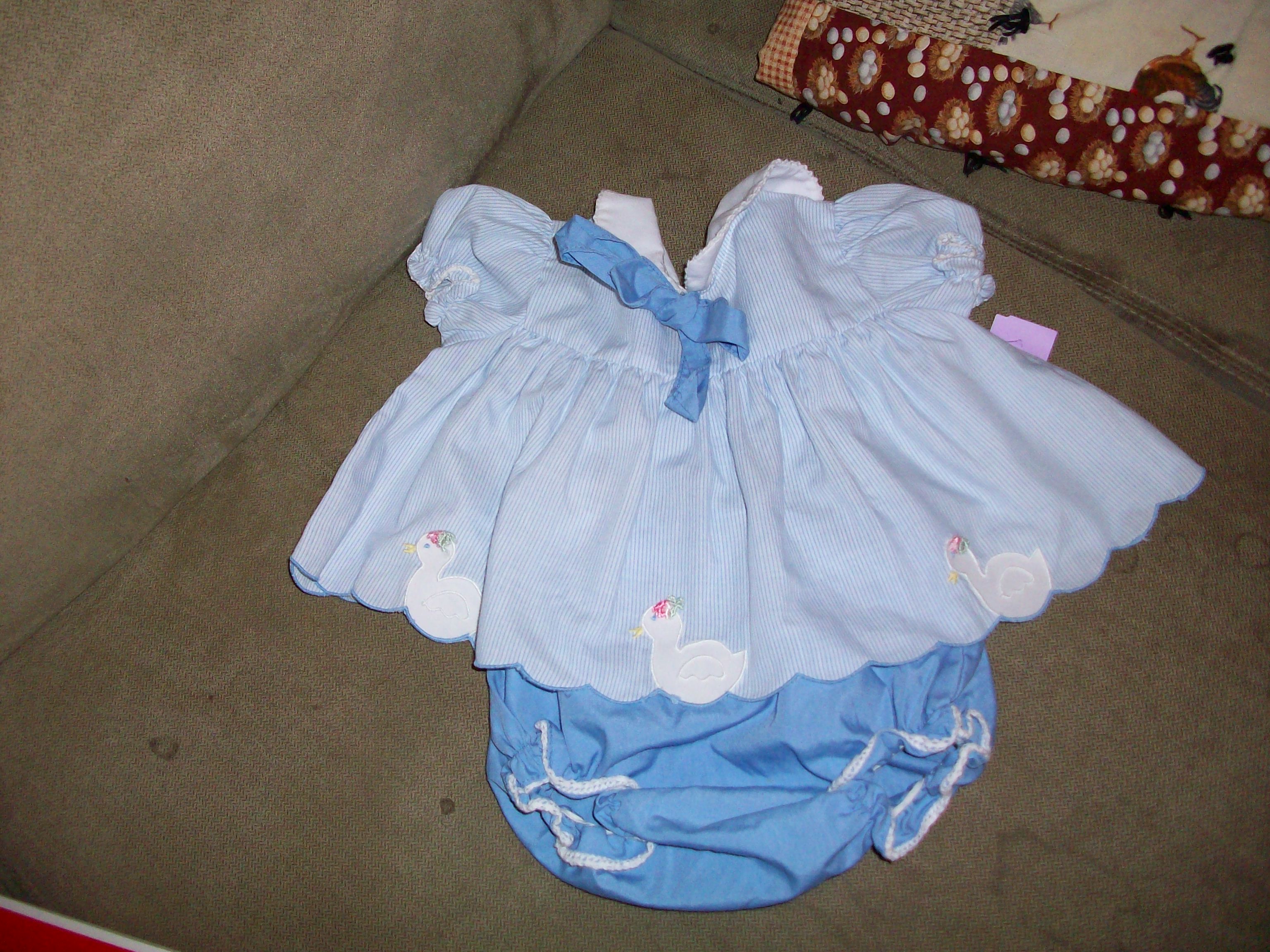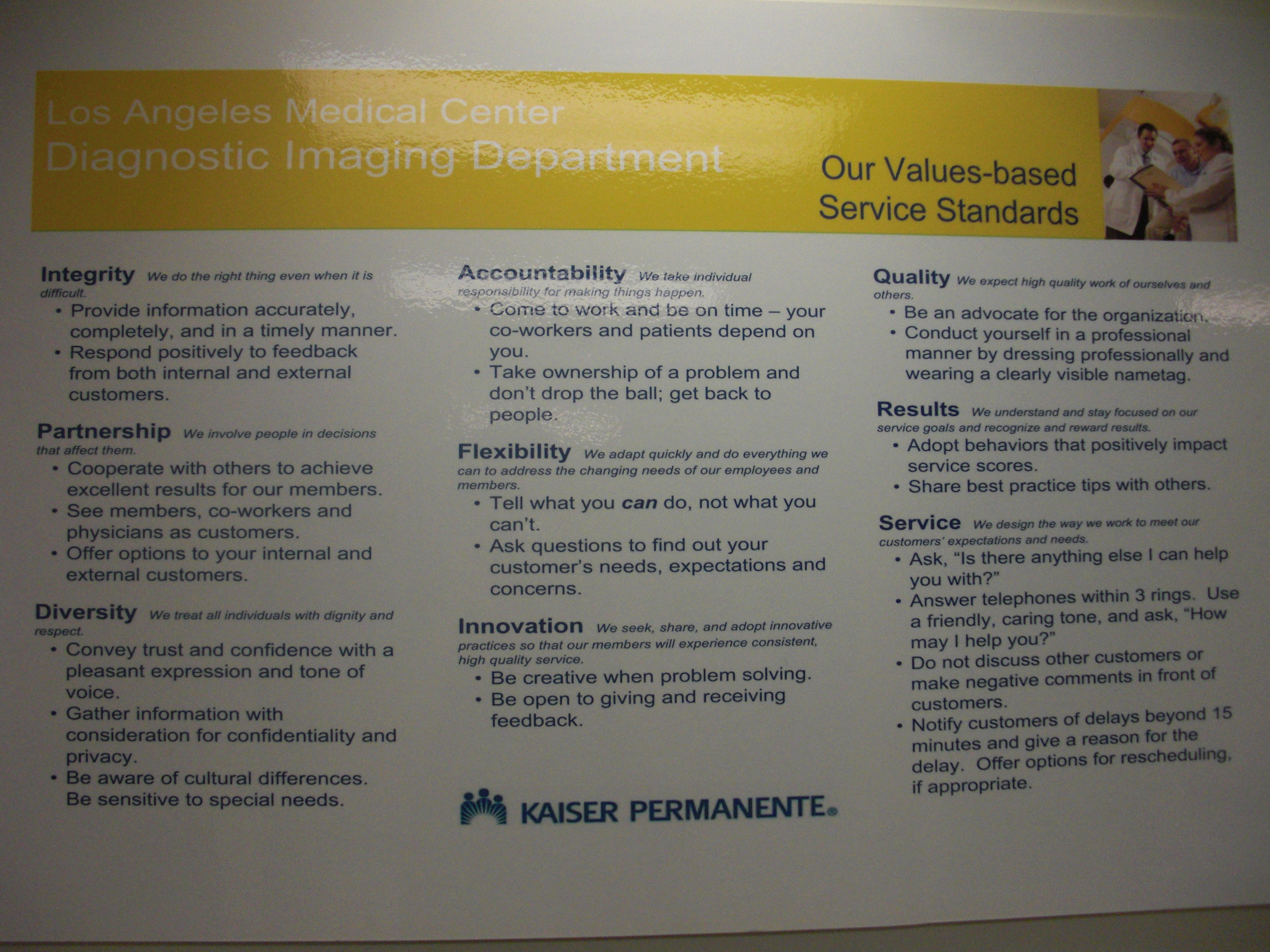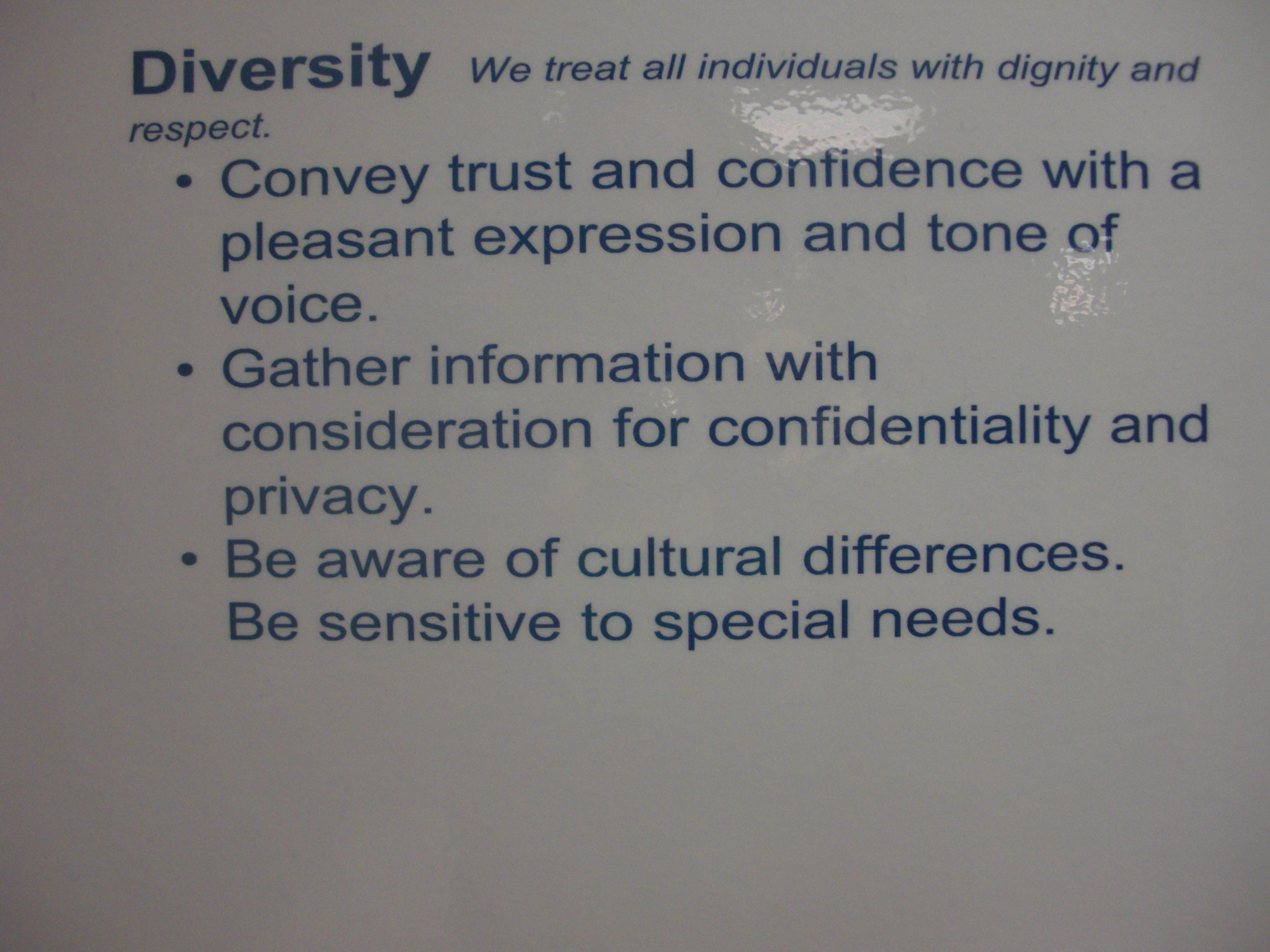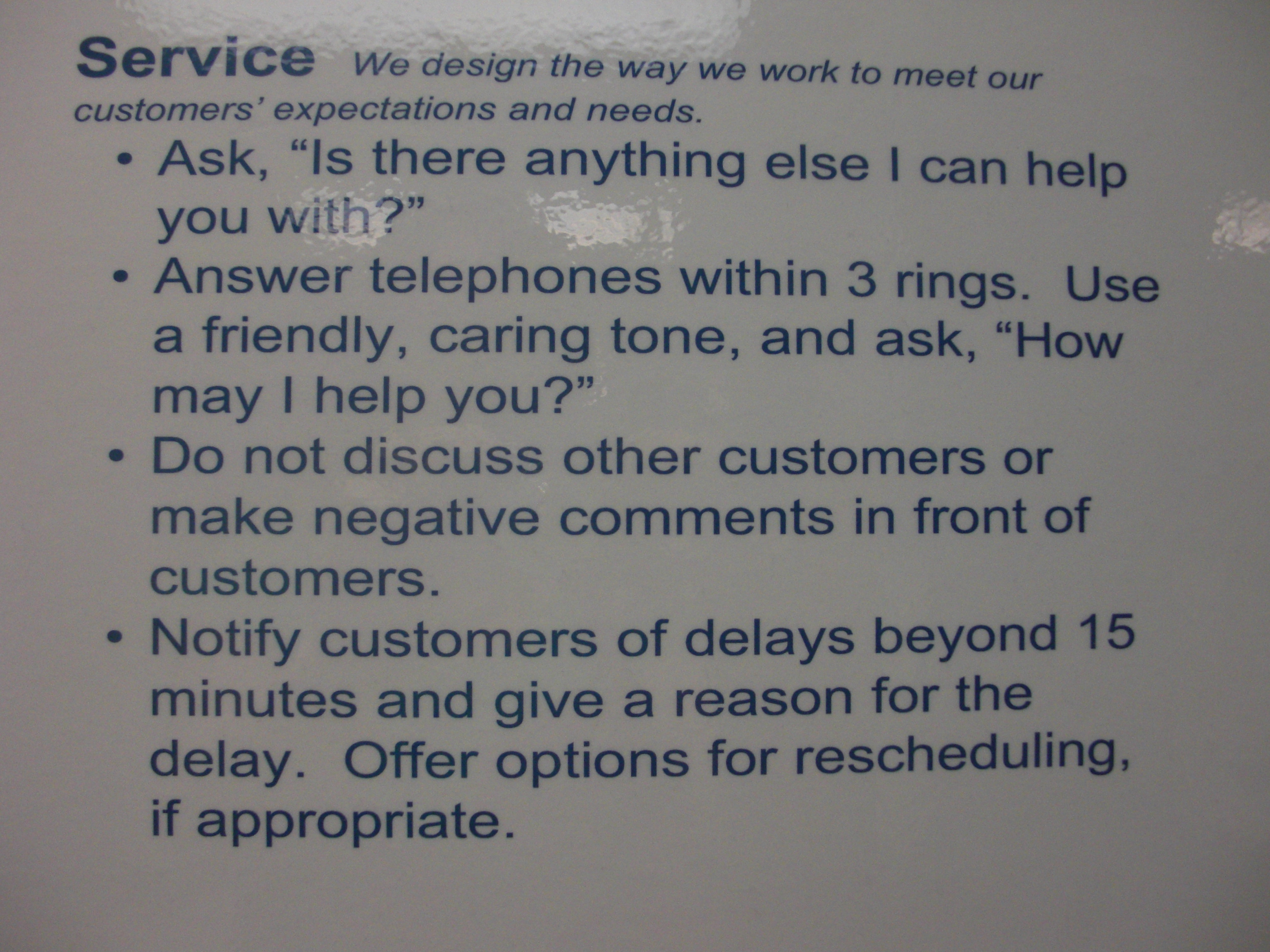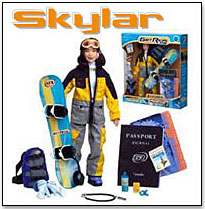I found this vintage outfit in an antique store the other day and bought it, despite having no children. I thought it was a great example of how our “only girls wear pink and only boys wear blue” rule is arbitrary and wasn’t always as strictly enforced as it is today.
Of course, you could also use it in a discussion of how girls are allowed to appropriate “masculine” things (i.e., a girl can wear blue) in a way boys can’t usually do with things coded feminine (a boy wearing pink, for instance).
I suppose the pink bows on the ducks were supposed to make it appropriate for a girl?
UPDATE: Ok, according to several commenters, this is a boys’ outfit. The woman at the store was adamant that it was for a girl. I’m guessing it was the ruffles and the cute little duckies. That could be another topic for discussion–what clues were she and I looking at to decide what gender this outfit was manufactured for? Thanks for the correction, readers!
I am not convinced that most people are as carefree about the colors their kids are dressed in as some of the commenters are, though. Yes, both boys and girls might wear orange…but they’ll usually be different shades of orange, mixed with different other colors, with very different patterns. Go to a store selling kids clothes right now and stand in the middle between the girls’ and boys’ sections and look back and forth at the clothes (I did this recently). I don’t think there will be very many items that are not clearly gendered–where you think “I have no idea whether this was manufactured for a boy or a girl. The colors give me no clue.” And most parents would not take kindly to you giving their kids clothes for the “other” gender…Believe me, I’ve been dumb enough to think it wouldn’t matter, and it most certainly does, apparently. You might get away with giving a girl a t-shirt with a dinosaur or firetruck on it, but you give someone’s son a lavender t-shirt with a dragonfly on it? Well…go try it and let me know how it goes.

